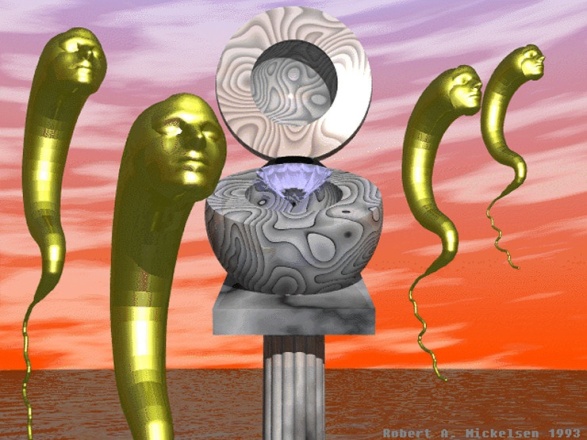Limitations of 90's 3d computer graphics produced some very stylized images.
See here: https://www.pcmag.com/news/trippy-3d-art-from-the-early-90s
I can't quite articulate, in 3d terms, why it looks retro. Low resolution? Harsh shadows? Lighting? Unrealistic materials? Of course, today's technology has gotten a lot better and more realistic.
What techniques would you use to create a 90's 3d retro style today?
I'm a beginner in 3d software. Thanks!

